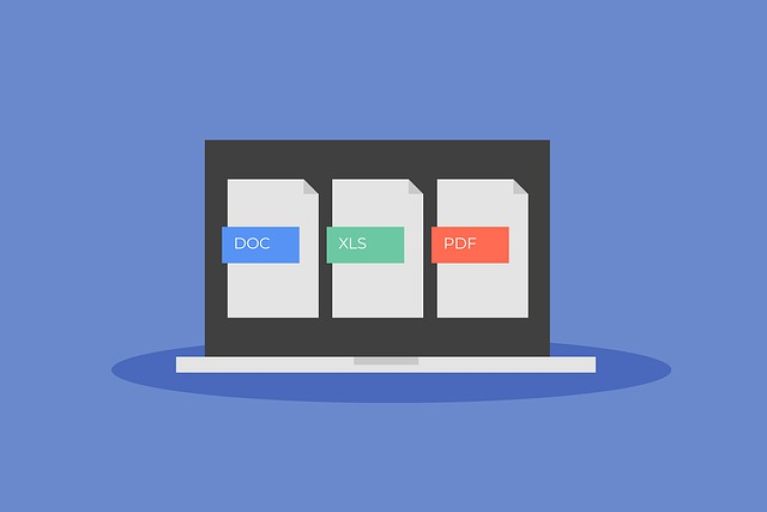In today’s digital world, technology has become an essential part of running a successful business. Whether you are a small business or a large enterprise, you need to stay up-to-date with the latest technologies to remain competitive and provide high-quality services to your customers.

Here are some of the top technologies that can help you meet your business needs:
Cloud Computing
Cloud computing is one of the most important and popular technologies for businesses. It allows you to store and access data, applications, and services over the internet. This provides businesses with the advantage of scalability, flexibility, and cost-efficiency.
Cloud computing is especially beneficial for businesses with limited resources, as it eliminates the need for expensive hardware and software. It also makes collaboration and communication easier, as users can access the same data from different locations.
Artificial Intelligence (AI)
Artificial intelligence (AI) is another important technology for businesses. AI enables businesses to automate and improve their operations by making decisions and taking actions based on data. It can be used to predict customer behaviour, generate leads, and identify opportunities. AI-powered chatbots are also becoming increasingly popular, as they allow businesses to provide 24/7 customer service with minimal effort.
Automation
Automation is playing an increasingly important role in businesses in the 21st century. As technology advances, businesses are beginning to use automated processes for a variety of tasks, from customer service to inventory management. Automation helps businesses save time and money, reduce costly errors, and increase efficiency.
Automated processes can also help businesses expand their reach and customer base by enabling them to provide faster and better customer service. Automation can also help businesses manage their resources better, reducing their risk of running out of key supplies or materials. Finally, automation can help businesses stay competitive in the market by allowing them to quickly respond to changes and stay ahead of their competitors. For example, Klippa offers a very advanced OCR software which allows you to transform print or hand written documents into digital versions which in the long run would save a lot of time and resources.
Internet of Things (IoT)
The Internet of Things (IoT) is a network of physical devices, vehicles, and other objects that are embedded with electronics, software, sensors, and network connectivity. This allows them to collect and exchange data. IoT technology can be used in businesses to monitor market trends, optimize resource utilization, and track customer behaviour. It can also be used to improve safety and security in the workplace.
Blockchain Technology
Blockchain technology is a revolutionary new way to store and manage data securely. It is a distributed database, meaning that it is not owned by any one individual or entity, but rather shared amongst multiple users. This makes it extremely secure and difficult to hack. Blockchain technology allows users to securely store financial data, digital identities, and other important information. The technology can also be used to verify transactions and protect customer data, as well as facilitate digital contracts and decentralized applications. Additionally, blockchain technology has potential applications in many other industries, such as healthcare, finance, and travel.
Augmented Reality (AR)
Augmented reality (AR) technology offers a revolutionary opportunity to bridge the gap between the physical and digital worlds. It can revolutionize how customers interact with products, providing them with an immersive experience that combines real-world elements with digital data. In addition, it can be used to enhance training and collaboration in the workplace for improved performance. AR can be used to create interactive visuals, virtual simulations, and other immersive experiences that can help stimulate learning and enhance knowledge retention.






